By Rob Chudzik, UCONN Today
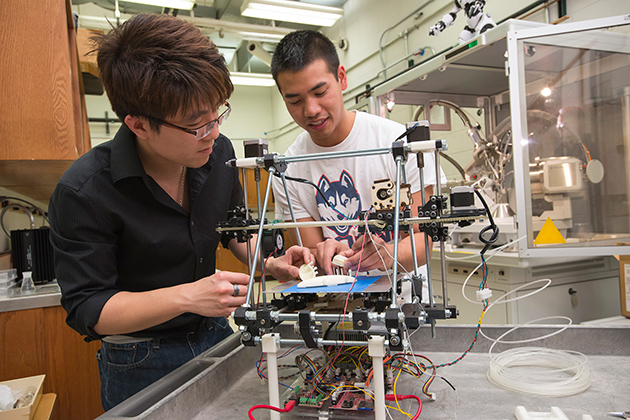
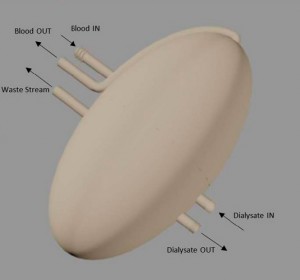
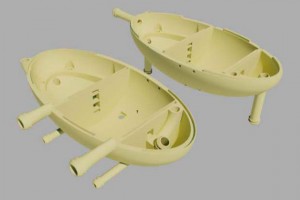
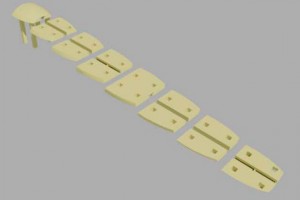
Interior components of the 3-D artificial kidney, rendered using AutoCAD software.
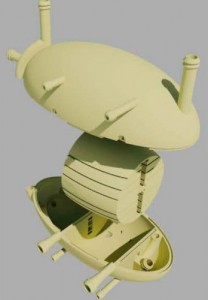
May 12, 2014
By Rob Chudzik, UCONN Today





April 4, 2014
Professor Sanjeeva Murthy from Rutgers University, the Polymer Program Seminar speaker on March 28th, is an alum of the program and IMS. He earned his Ph.D. in Materials Science in 1976 under Jim Knox (MCB), one of the founding members of the Polymer Program, who retired in 2002. Sanjeeva Murthy was one of the first graduates of IMS. Jim Knox was able to show off the champagne bottle from Sanjeeva’s Ph.D. defense celebration, although he later admitted that Sanjeeva had probably not taken a single sip from it!
During his lecture, Sanjeeva mentioned that, when he started his PhD studies here over 40 years ago in 1972, the IMS building was new, there was no Storrs Downtown or even the NCAA basketball bracket!
After his seminar Sanjeeva said, “‘I had a great time today. It brought back all memories of years ago. I also enjoyed my discussions with the new faculty. I hope to be in touch with some of them with whom I have common interest. I thank you all for inviting me today. Look forward to seeing you again.”
January 15, 2014
Republished with permission of UConn Today
By Nan Cooper, SoE

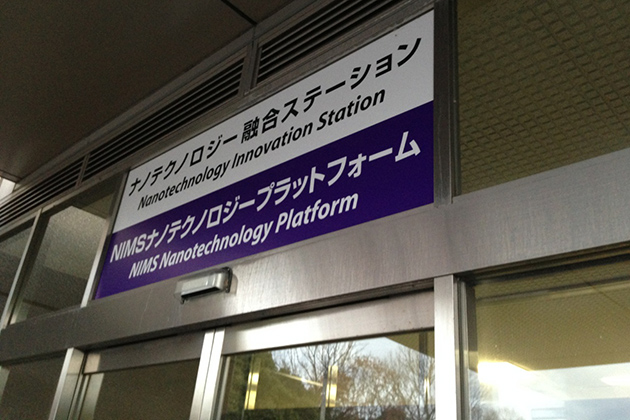
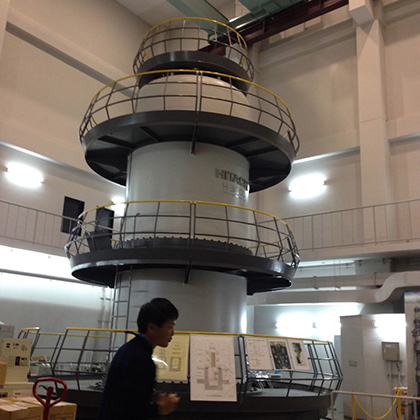
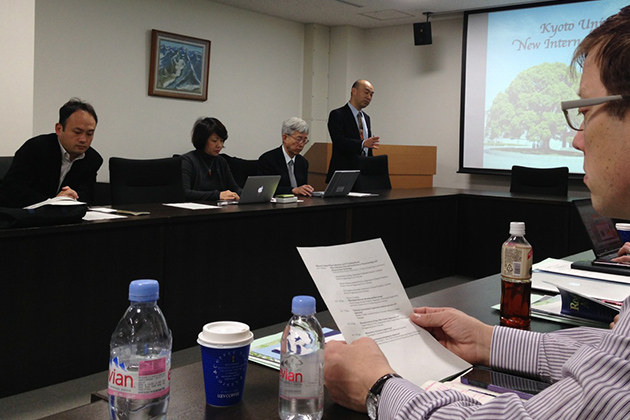
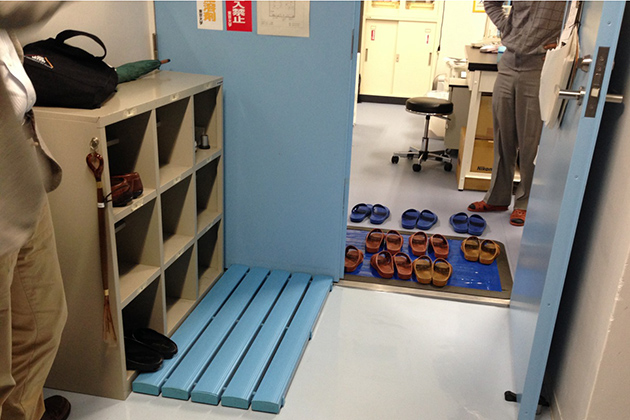
November 17, 2013
By Zachary Johnson
Dr. Douglas Adamson and Dr. Thomas Seery were awarded a NSF Grant of $200,000 for the project, “Unimolecular Micelles: Design, Synthesis, and Properties.” The grant was funded by the Macromolecular, Supramolecular and Nanochemistry Program of the Chemistry Division.
The project aims to synthesize and observe polymers that can create stable, single chain globules in solutions. Dr. Adamson says that “protein folds in such a way as to hide most of those insoluble amino acids while the leaving the water soluble ones near the surface.” The objective is to understand how artificial polymers can imitate the nanostructure forming abilities of proteins at a very fundamental level.
The formations of these accurately discrete structures are a continuous challenge for chemists. Adamson and Seery believe that the results of the project “will lead to applications such as robust artificial enzymes” and “plastic antibodies that function much like natural antibodies but avoid the need for biological source.” The morphology within these nanostructures can impact vast areas of technology such as medicines, electronics and biotechnology.
Now with the funding of NSF, Dr. Adamson and Dr. Seery are able to proceed in the process of exploring synthetic materials that may perform some of the functions of proteins. The project will also involve visits to local schools and will contribute to the training of undergraduate and graduate students.
Dr. Douglas H. Adamson received his B.S. degree at the University of Evansville, Indiana and his Ph.D. degree at University of Southern California. He joined the University of Connecticut in August 2008, becoming an Associate Professor in the Polymer Program at IMS with Chemistry as his home department. Dr. Adamson was appointed Director of the Polymer Program in July 2011.
Dr. Thomas Seery, Associate Professor of Chemistry, received his B.A. degree at Harvard University and his Ph. D. degree at University of Southern California. He joined the University of Connecticut in 1994. Dr. Seery’s research interests include studying polymer synthesis at surfaces and physical chemistry of polymers in solution.
November 15, 2013
By Zachary Johnson
Dr. Steven L. Suib, Board of Trustees Distinguished Professor of Chemistry, and recently appointed Director of IMS, has formed a revised Internal Advisory Board.
Since the conception of IMS, the assignment of the Internal Advisory Board has been to provide suggestions and solutions for problems of broad interest within IMS. The Internal Advisory Board consists of ten faculty members from five different departments. “We collaborate as a unit and lay out our vision for the general operation of IMS,” Dr. Ramamurthy Ramprasad, MSE Professor says. The feedback and ideas are forwarded to Director of IMS, Dr. Suib.
Dr. Suib was appointed the new Director of IMS on July 1st, 2013. The former Director of IMS, Dr. Harris Marcus, stepped down after 18 years of service. He will remain on the faculty in the Materials Science & Engineering Department.
The board remains the same throughout the academic year unless specific developments necessitate a change. “The board doesn’t change unless a member from the board resigns and is replaced, or if a member is removed,” says Deborah Perko, Executive Assistant of Infrastructure.
The current board members are: